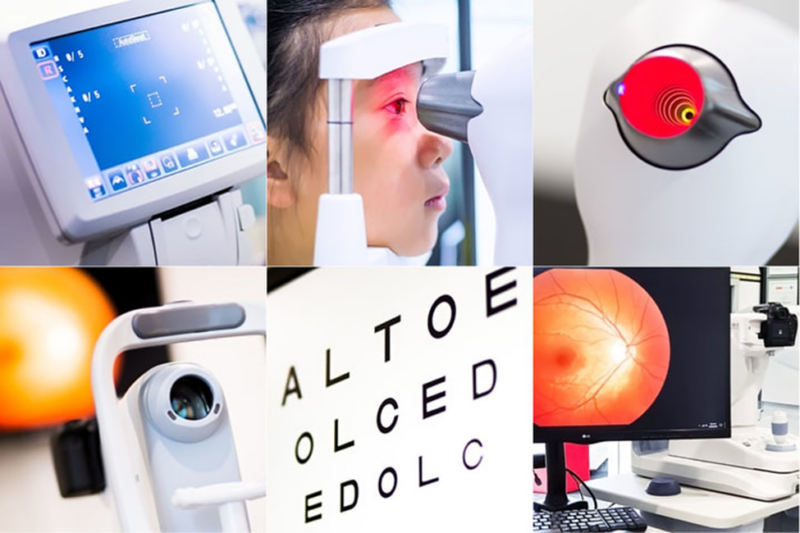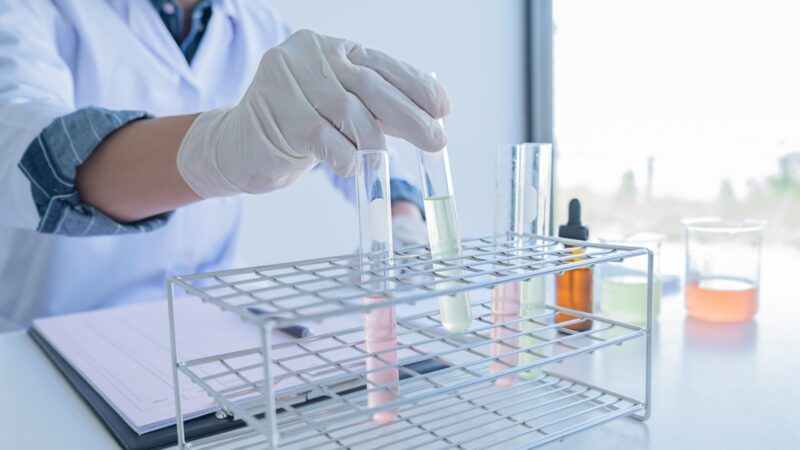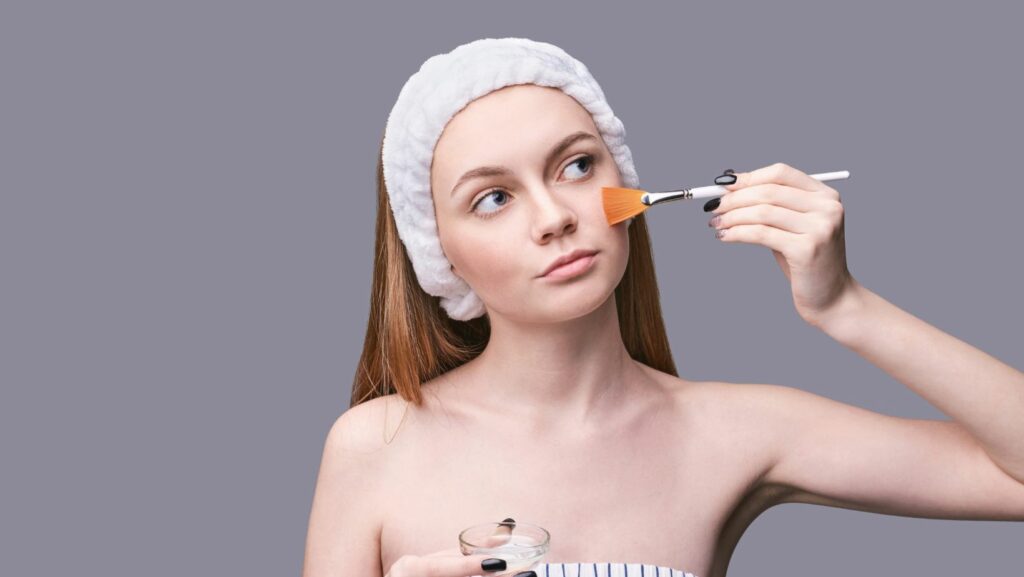
Redox signaling molecules are vital to cellular health. The first company to replicate and deliver these molecules in products that revitalize cells, allowing them to work as they were meant to do.
ROS are generated naturally as part of normal cellular metabolism, like mitochondrial respiration. They are quickly neutralized by non-enzymatic and enzymatic antioxidants, maintaining the oxidant/antioxidant balance.
Reactive Oxygen Species
Reactive oxygen species (ROS) refers to a broad range of oxygen-containing reactive molecules, including superoxide anion (O2#-), hydrogen peroxide (H2O2), hydroxyl radical (OH), singlet oxygen (1O2), alkoxyl radical (HO), lipid hydroperoxide (LOOH), and peroxynitrite (ONOO). In addition, the term RNS has been used to include nitrogen-containing species, such as nitric oxide (NO) and hypochlorous acid (HOCl).
ROS can damage proteins (protein carbonylation and protein nitration), lipids (lipid peroxidation), carbohydrates (carbohydrate oxidation), nucleotides (changes in DNA), and more. This process is referred to as oxidative stress, and the associated health risks can include cardiovascular disease, chronic inflammation, and cancer. The good news is that your body has natural ways to combat this process.
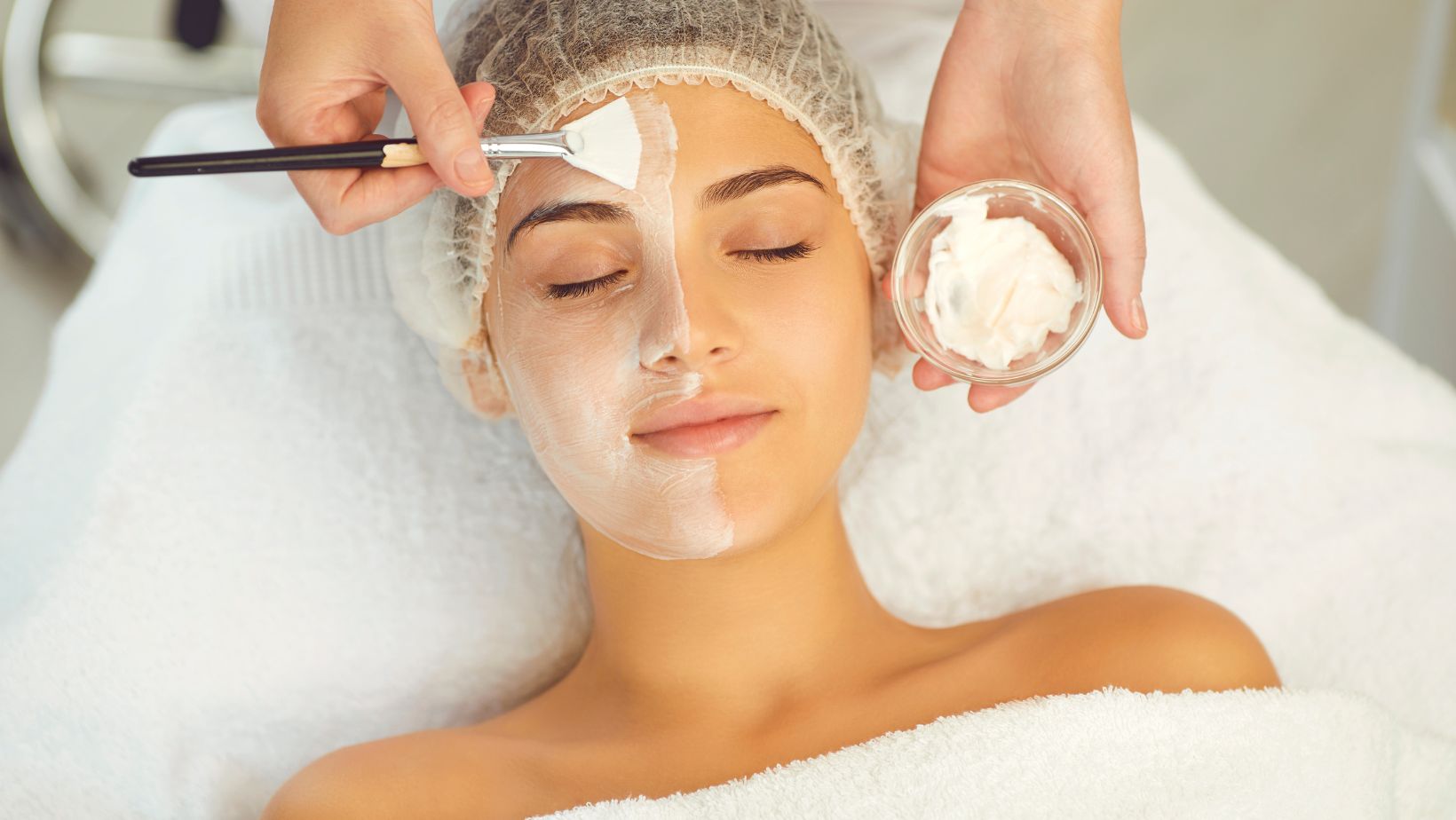
These include antioxidant enzymes, such as catalase, SOD, GPx, and glutathione. These neutralize the redox imbalance caused by ROS by adding electrons to them.
Free Radicals
Free radicals are highly reactive molecules with unpaired electrons that cause oxidative stress and contribute to aging, skin conditions, and other health issues. Antioxidants are compounds that neutralize free radicals by donating their pairs of electrons, protecting cells from oxidative damage and promoting overall cellular health and function.
Wondering, What is redox? Prompts individuals to explore reduction and oxidation, fundamental chemical processes that play a crucial role in various biological and skin care applications, influencing reactions that impact cellular health and function.
Chronic inflammation, which can result from free radical damage, can contribute to or exacerbate many common skin conditions, including acne, rosacea, and eczema. Additionally, oxidative stress can deteriorate the skin’s barrier function and increase susceptibility to external irritants such as pollutants and allergens.
Fortunately, simple lifestyle modifications can help reduce the formation of free radicals and boost the body’s natural ability to neutralize them. A balanced antioxidant-rich diet, regular exercise, avoiding tobacco and excessive sun exposure, drinking enough water, limiting alcohol intake, getting adequate sleep, and using antioxidant-rich skincare are just a few ways to start.
Antioxidants
Antioxidants are a class of natural molecules that counteract unstable, redox-active free radicals by giving up their electrons. In doing so, they neutralize the free radical and break a chain reaction that can damage DNA and other parts of cells. Fruits and vegetables, among other foods, are rich sources of antioxidants and supplements.
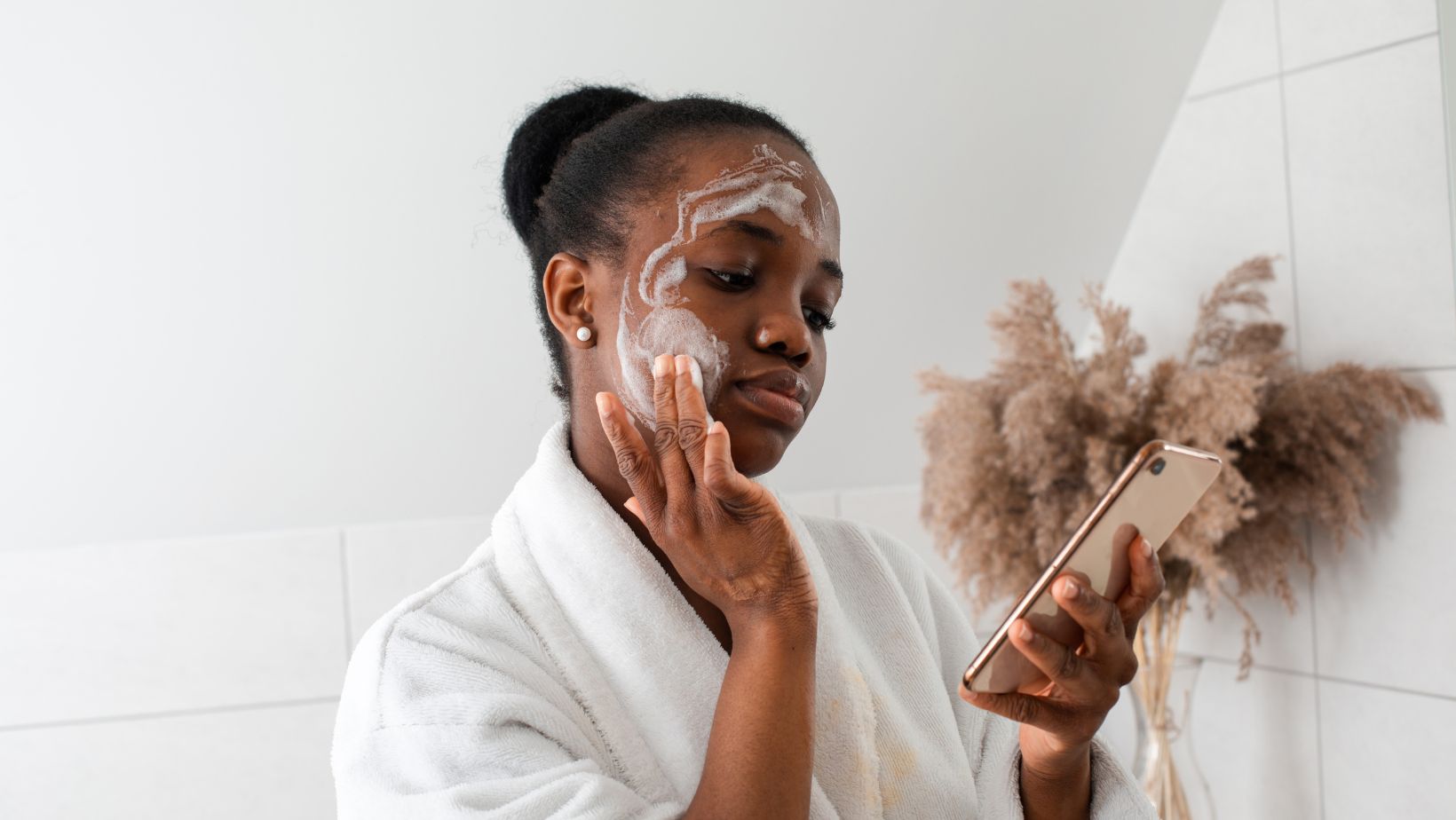
Vitamins C and E, selenium, and carotenoids such as beta-carotene, lycopene, lutein, and zeaxanthin are examples of antioxidants.
The human body has a built-in system of enzymatic and non-enzymatic antioxidants that keep the levels of ROS in homeostatic balance. However, the antioxidant defenses are overwhelmed in inflammatory conditions, and prolonged oxidative stress occurs.
Targeting the redox imbalance with antioxidants may be an innovative therapeutic approach for inflammatory skin diseases like acne and psoriasis. It is important to note that lipid peroxidation is the trigger for inflammation in both of these conditions and that it can occur even before the rash develops.
Redox Signaling
The oxidation of cysteine residues in proteins has both signaling and toxic effects. In the case of redox signaling, a thiol side chain can be oxidized to form intra- or intermolecular disulfide bonds, which can change protein conformation and affect function. These changes can be reversed by reducing systems such as peroxiredoxins and thioredoxins.
ROS are a normal part of cellular metabolism and serve essential functions at low levels, but high amounts can cause damage to proteins, DNA, and lipids. Antioxidants protect cells by neutralizing free radicals and halting the damaging chain reactions that cause oxidative stress.
Exposure to environmental factors and lifestyle choices quickly deplete the body’s natural antioxidant defenses. When free radicals outnumber antioxidants, oxidative stress occurs, leading to skin losing firmness, smoothness, and luminosity.









